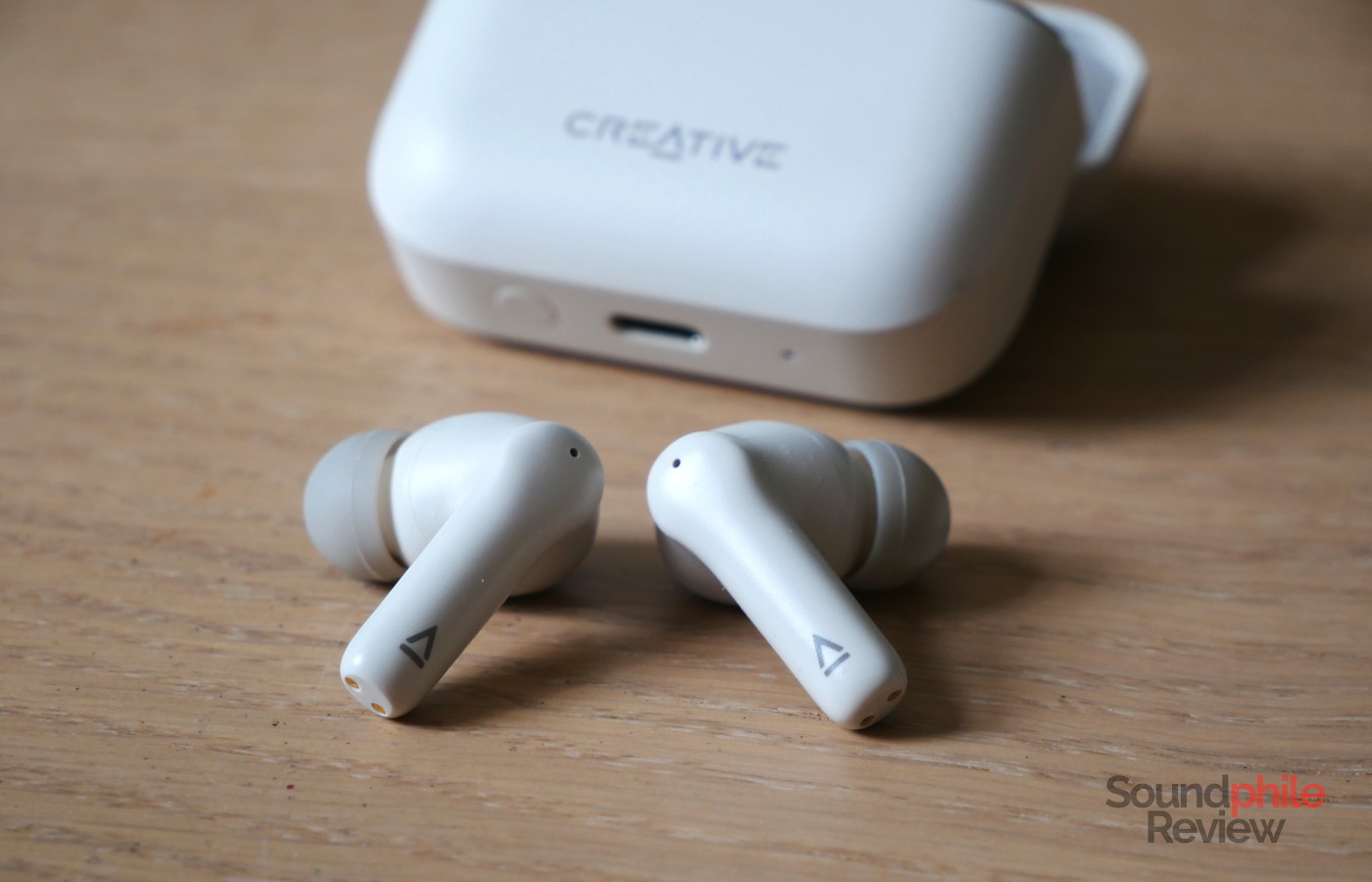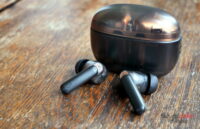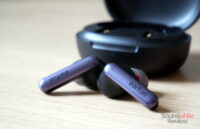The Creative Zen Air Plus are the company’s entry-level model in their “true wireless” line-up. This doesn’t mean that they lack features, though, as they offer ANC despite their small price. Their signature appears to follow mainstream convention, with a heavily V-shaped tuning, but there are some surprises in there as well.
Disclaimer: I received the Zen Air Plus directly from Creative. They retail for $59.99 – additional information as well as the ability to buy them on Creative’s own website.
TL;DR: recap
| Pros |
Cons |
| +Very lightweight and comfortable
+ Good battery life + Very good noise cancellation + Great physicality |
– Unbalanced tuning
– Almost no passive isolation |
Rating: 6.7/10
Packaging & Accessories
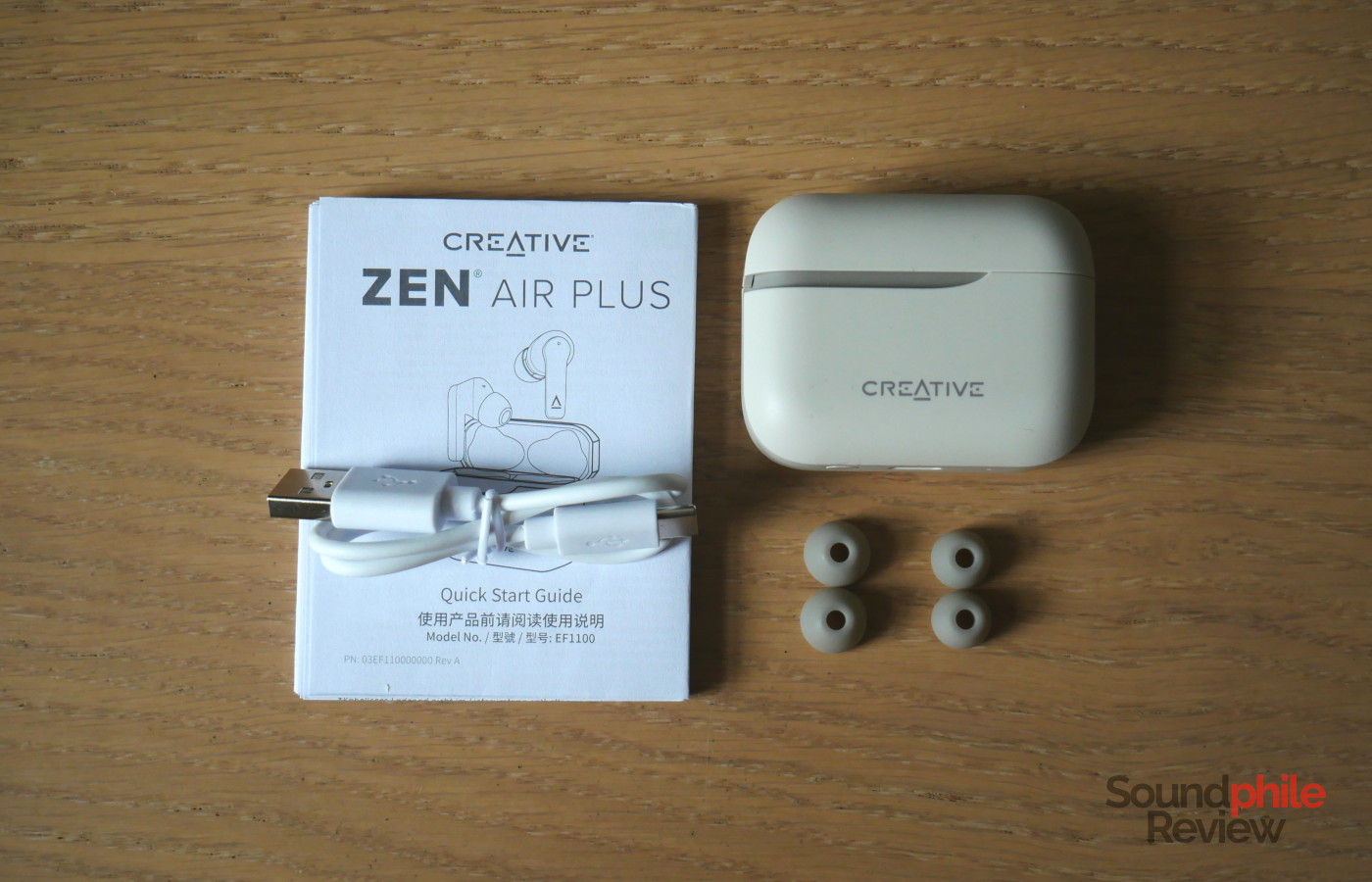
The box holds the earbuds themselves with the case, as well as a set of eartips in three sizes and a USB to USB-C charger, together with a manual.
Design & Comfort
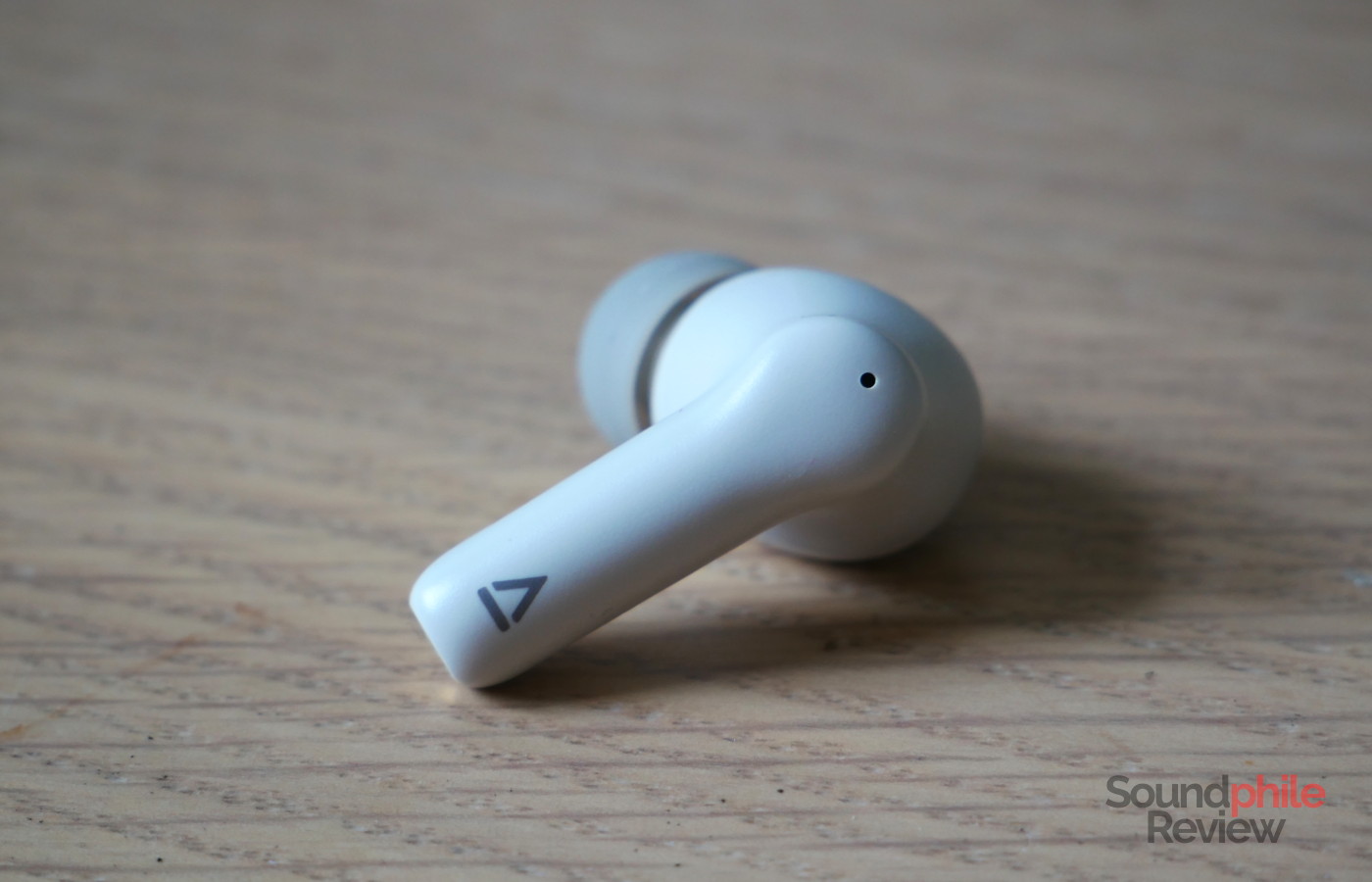
In terms of design, the Creative Zen Air Plus do not stand out especially; they feature the classic stem design popularised by a certain fruit brand, with an off-white semi-matte finish which does actually look and feel very good. The almost complete absence of any decoration will certainly appeal to the minimalists out there.
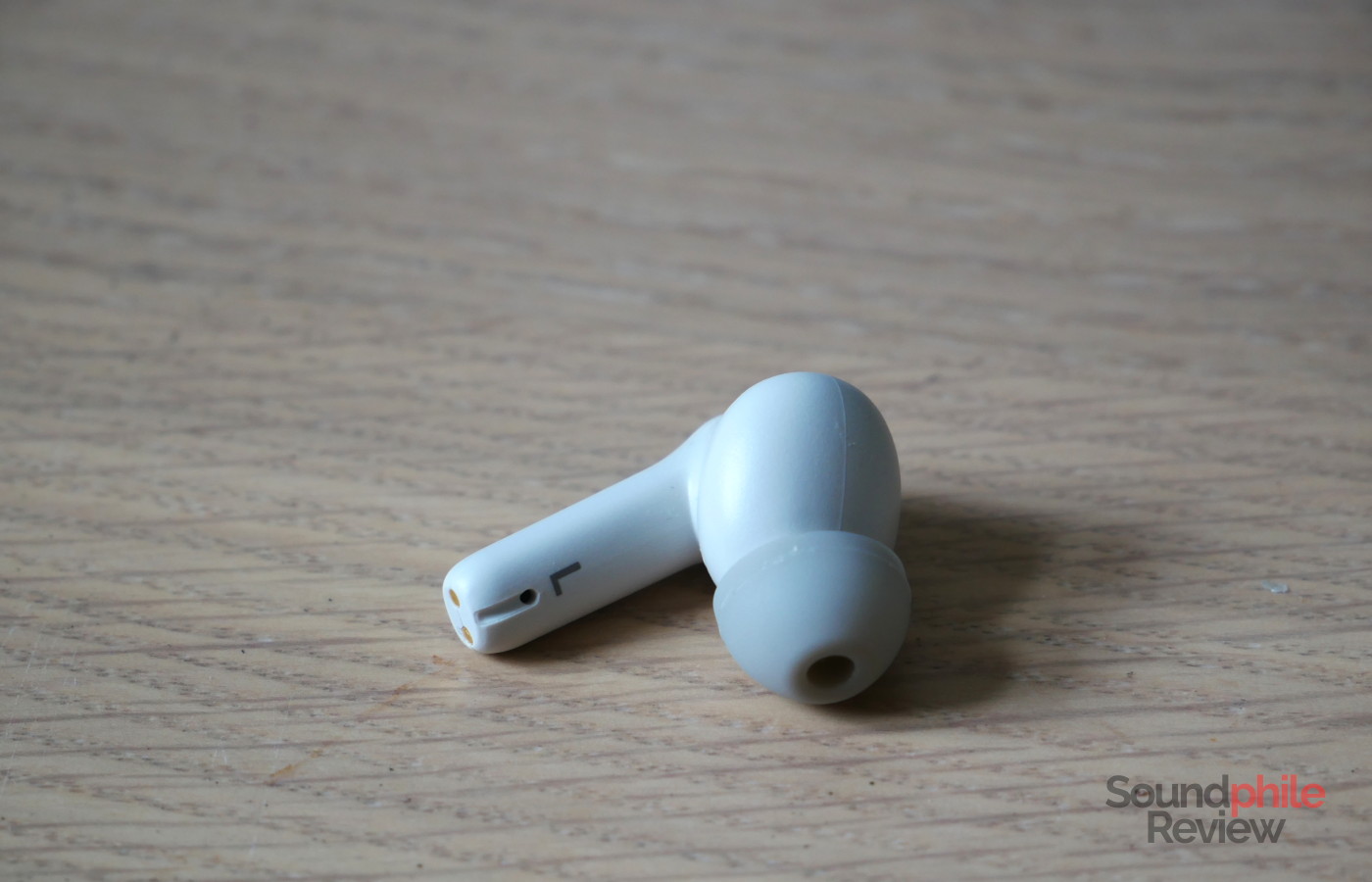
Build quality is excellent, as in Creative’s tradition. The earphones are made of virtually a single piece of plastic, as the various pieces of which they are made of appear to be fused together. The earphones are IPX4 certified, so they can withstand water splashes and high humidity – e.g. while working out or taking a shower.
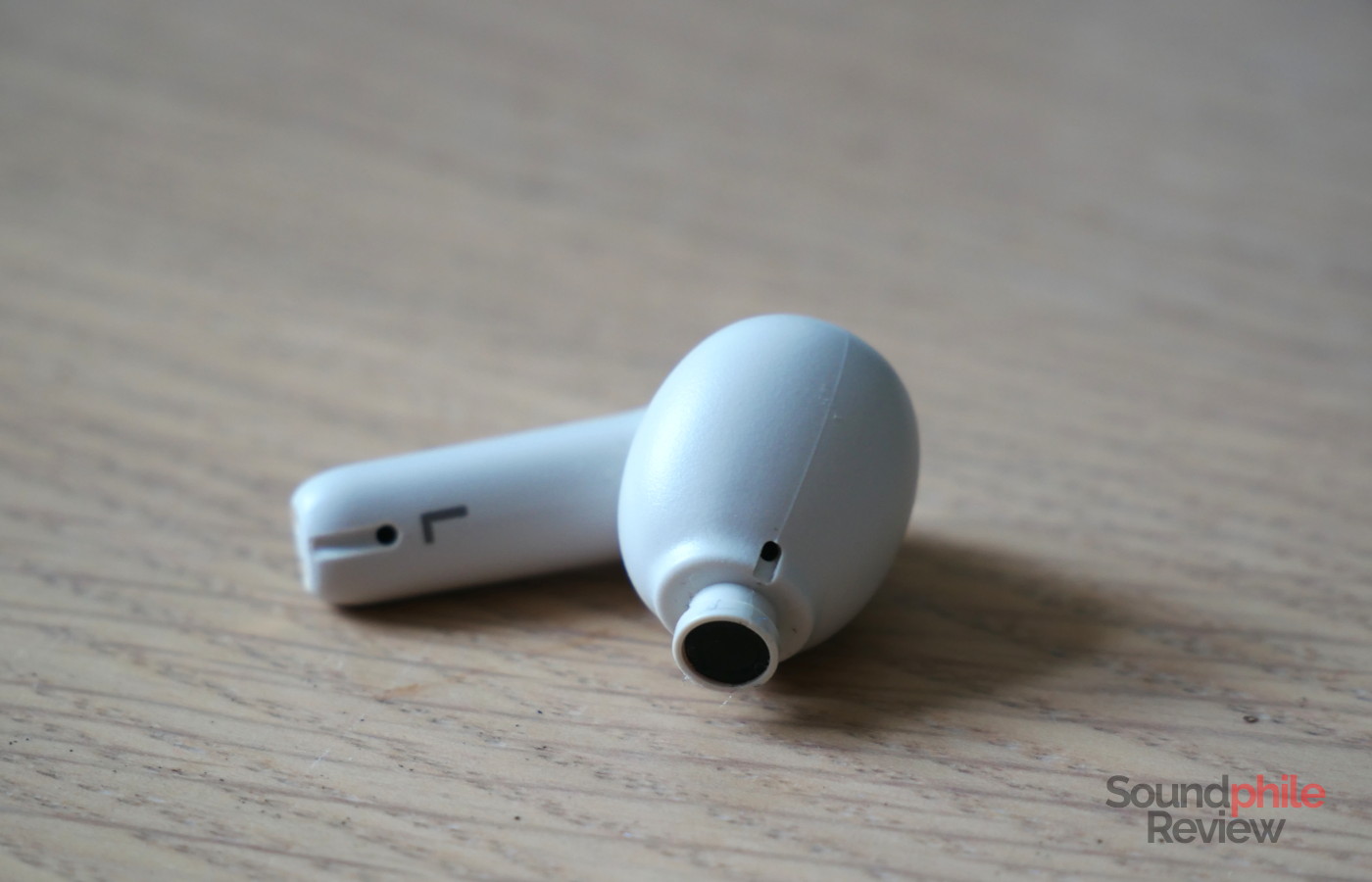
Comfort is top-notch, as the earphones are small and incredibly light, at just 4 g each. The small and curved shells will fit in your ears even if you have small ones, so I feel confident saying that they will feel comfortable to practically everybody.
There is unfortunately almost no passive isolation, no matter what eartips you use. This means that you will hear sounds from around you, with or without ANC enabled, as the shells won’t block them. This is especially true of sounds like human voices, car alarms or indeed the mechanical keyboard I am typing this on – all real-life examples I encountered while writing this review.
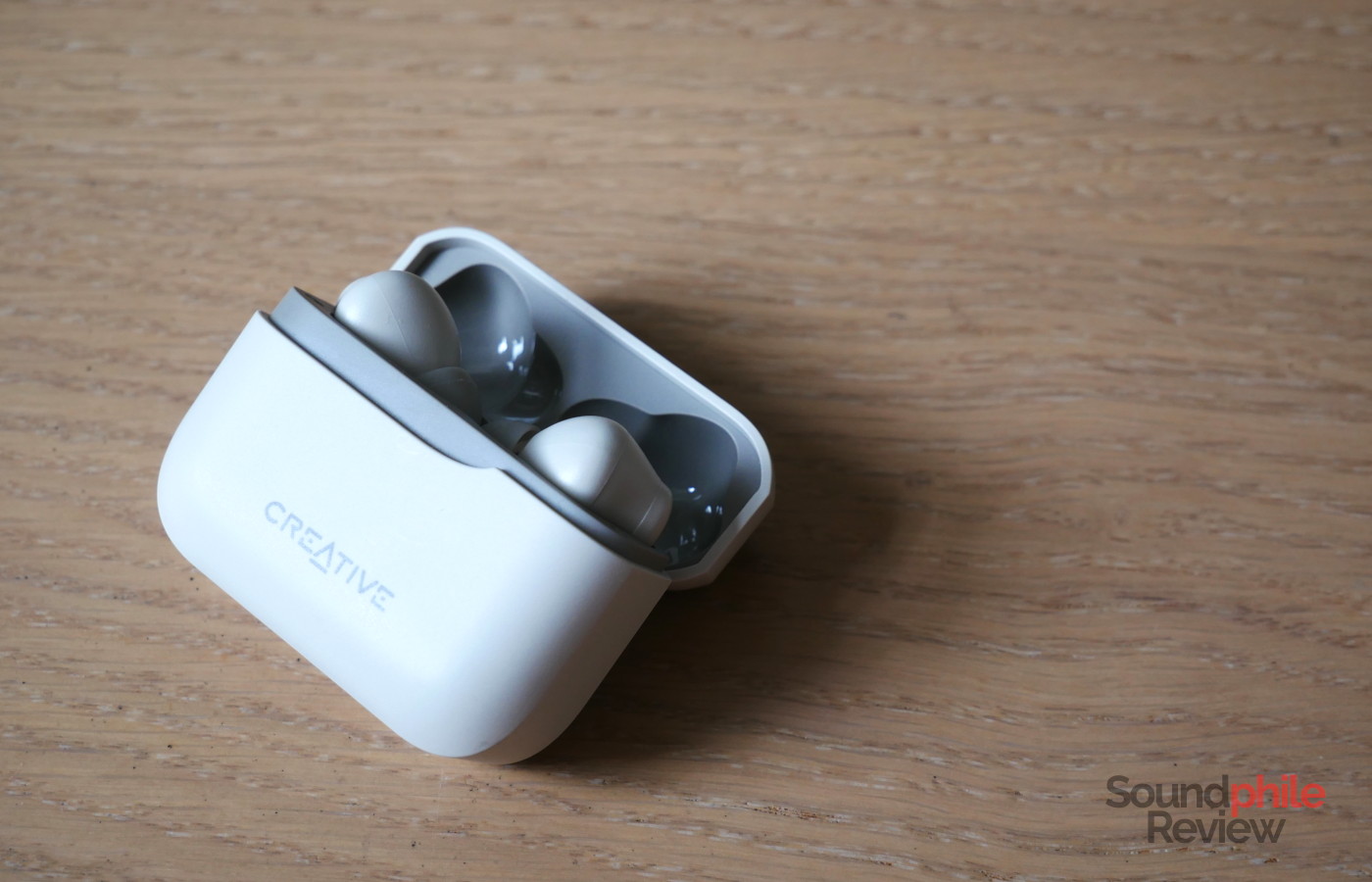
The case is very small and easily portable. It is made with the same plastic as the earphones themselves; it features a lid with a magnetic latch to hold it closed and a bit of friction to hold it open, so that you can actually lay it on a surface and it will stay open. There are a USB-C port for charging as well as a status LED and a button to check the remaining battery on the bottom.
Features & Battery Life
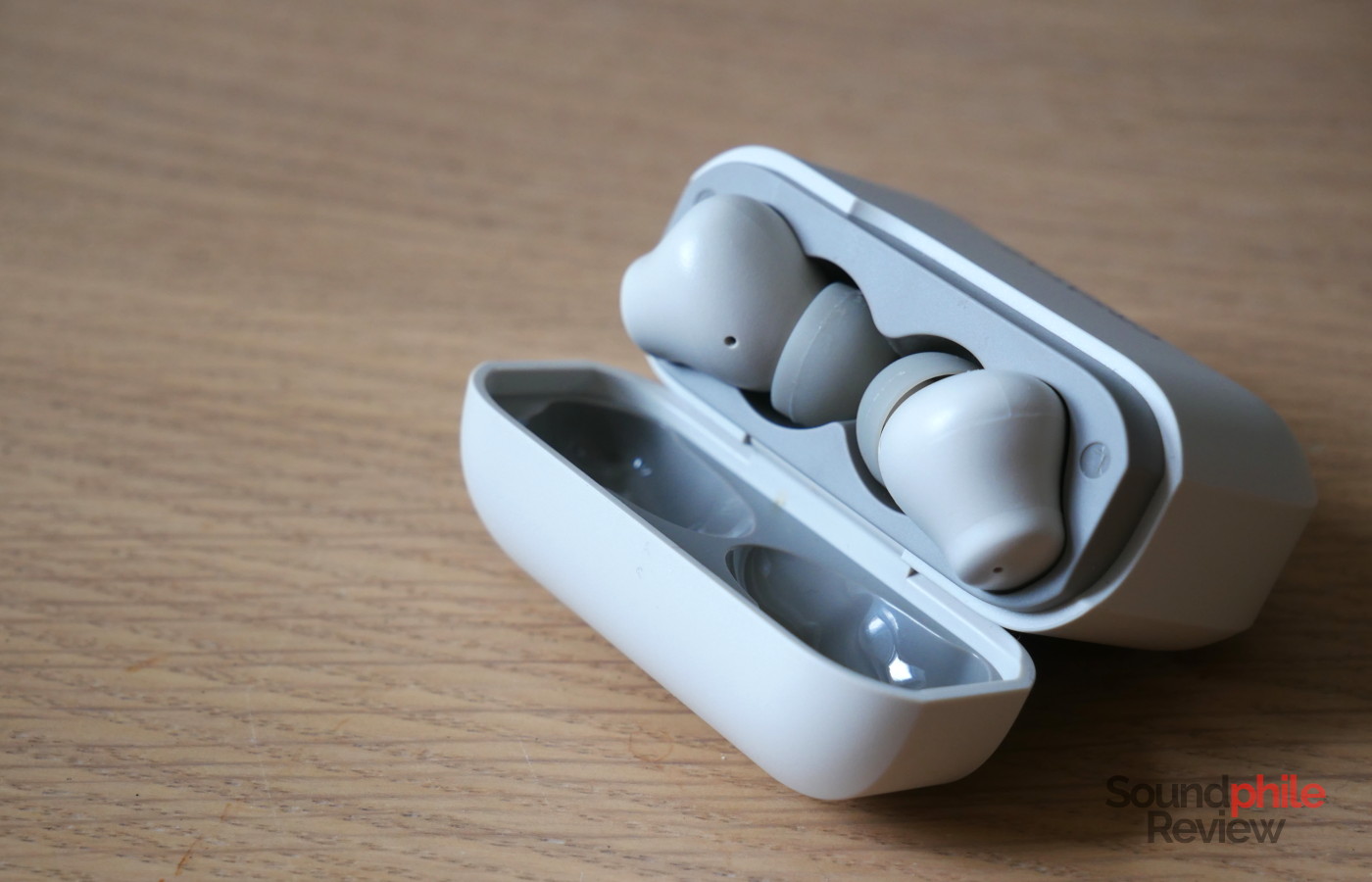
The Creative Zen Air Plus feature the Bluetooth 5.3 standard with support for the SBC and AAC codecs. The earphones also support LE Audio, which allows them to extend that precious battery life while keeping the sound intact, however this has to be supported by your device (as an example, it is supported on my phone but not on my computers). The connection could be improved, as I kept on experiencing interruptions and stutters on one channel while sitting at my desk and having the earphones connected to my desktop computer. My standard test of walking around the house while having the earphones connected to my computer doesn’t work that well, either, as the earphones stop playing music the moment I step outside of my study.
One possible issue I have found, at least for those who are more sensitive to volume, is that it is quite high even when set to the minimum; this is true across all of the devices I’ve tried. The only way around it I have found is to reduce the volume on both the system and the application level, however that’s not always possible.
ANC works surprisingly well and is a testament to how much this technology has evolved in the past several years; it is able to remove most low-frequency noise very effectively, though it does not remove neither midrange nor treble. Overall, though, the result is very good and you will be able to enjoy your music without annoying low-frequency noises.
The microphone works decently well, although you do have to speak a bit louder in order for your interlocutors to hear you correctly.
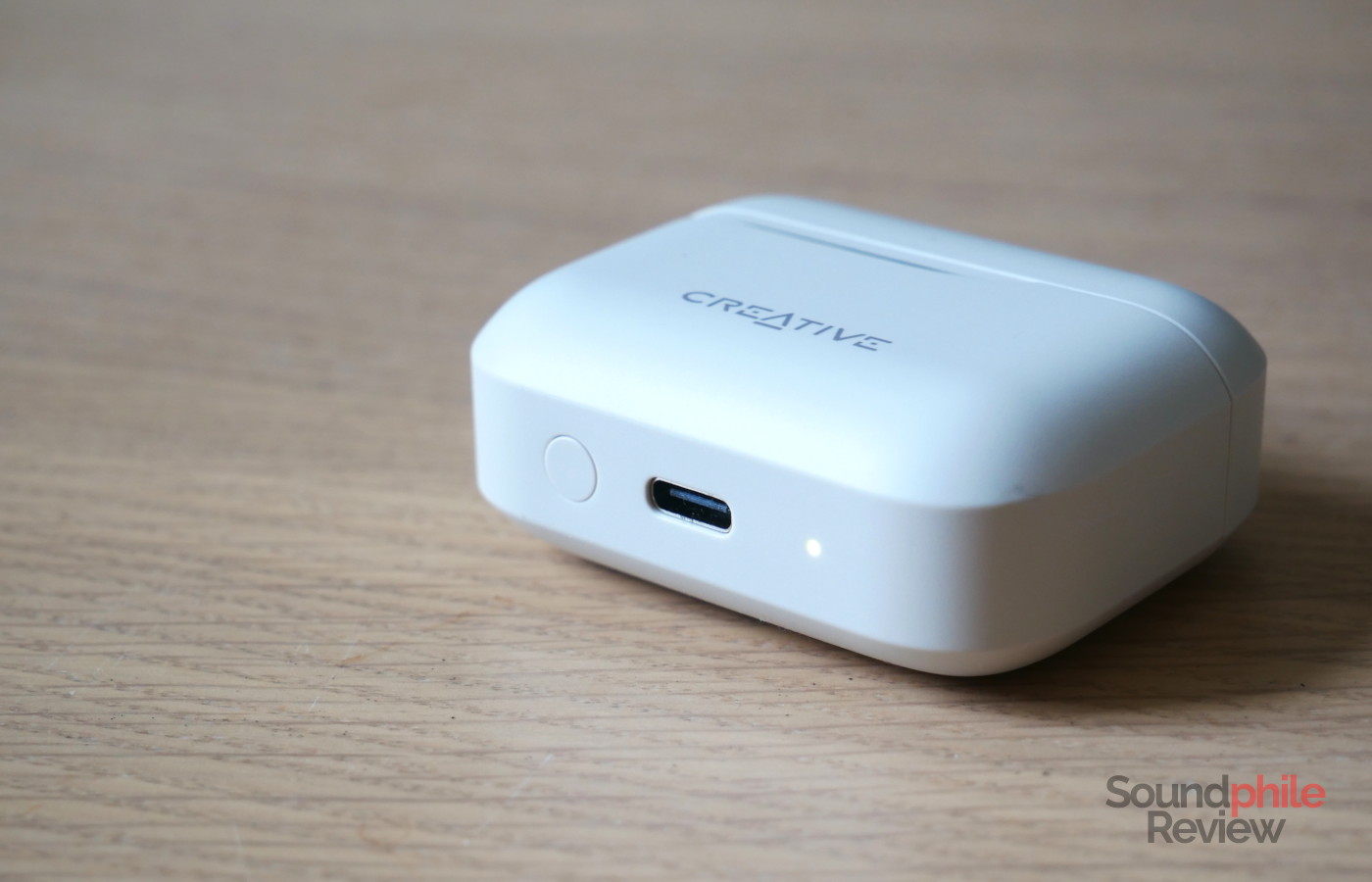
Creative advertises 8 hours of battery life, but in my experience that is only attainable when using the LE Audio connection; if you use the normal Bluetooth audio, you are looking at around 5.5 hours of playback, which is still a respectable figure considering the weight and the price.
Sound & Specs
I tested the Creative Zen Air Plus with both my Google Pixel 7 Pro smartphone as well as my computers.
Soundstage offers sufficient width, but lacks depth: it sounds as if music is inside your ears, but it extends beyond your headspace; there simply isn’t depth, though. Imaging could be improved, as it sounds more like the two channels are playing together but apart, rather than fusing into one single central channel. Instrument separation is good and allows you to hear instruments clearly even in relatively complex tracks, although it suffers a bit from the tuning.
The sound signature is heavily V-shaped. Bass is especially prominent, with a peak in the lower mid-bass section. It sits in front of everything else, but it manages not to cover it. This means that bass adds (heavy) colouration to the sound, without actually taking away from it, which is a feature that’s hard to achieve. What I find rather impressive is that it is actually quite physical: it hits hard and in a way which you can feel on a physical level. It is sufficiently fast, though the decay is relatively long and this is heard (and felt) especially in more pacey tracks. As a consequence detail is more than sufficient.
The same speed and physicality we find in the bass region is also found in the midrange: take the start of Snarky Puppy’s Flight from the Sylva album, with picked guitar strings which feel physical inside the ears. In terms of balance, midrange has a very heavily skewed V-shaped tuning, which means that it sounds overall warm with some added presence in the upper region; the middle region is recessed, which leads to tracks sometimes sounding a bit off balance and hollow. This entails that the Zen Air Plus will sound better with tracks where there are few acoustic instruments and voices. The overall level of detail is quite good.
Treble is slightly emphasised in the lower region, but it then tapers off relatively quickly – which is good news for the treble-sensitive folks out there. It offers enough to hear that cymbals and other high-pitched instruments are there, but it mostly stays out of the way. The level of detail is only sufficient in a general sense, but in line with expectations for TWS earphones in this price bracket.
Final Thoughts
One important element to consider is the price of the Creative Zen Air Plus: they retail for just $60. Considering that, the Creative Zen Air Plus are actually quite impressive in terms of features. Their ANC is great, the touch commands work really well and battery life is really good. While I am not a fan of how they sound, as the midrange is very recessed and treble could be more extended and detailed, they deliver amazing physicality, great bass depth and overall more than decent detail.
Overall, I feel like although you probably will need to look at other earphones in Creative’s line-up if you are picky about sound, the Creative Zen Air Plus are an interesting option if you listen mostly to modern genres of music and want an easy-going, easy-to-use pair of TWS earphones which won’t break the bank.

